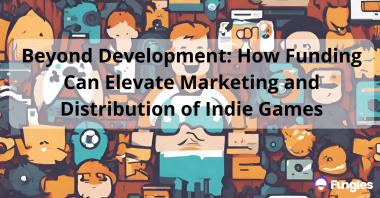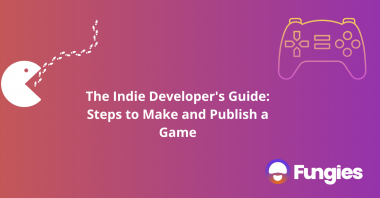In today’s dynamic digital landscape, indie game developers possess an arsenal of tools to establish their foothold. One such tool, direct sales, combined with no-code storefronts, can drastically redefine the way these developers approach the market. Before we journey into the intricacies, let’s illuminate some foundational concepts.
Definition of Direct Sales
Direct sales, in the simplest terms, is the process of selling products directly to consumers, bypassing any intermediaries or third-party platforms. It’s an approach that gives full control to the seller, placing the power right in their hands.
Importance of Direct Sales for Indie Game Developers
For indie game developers, direct sales present an unrivaled opportunity. Instead of relying on large platforms that take hefty commissions, developers can control how to publish a video game, set their price, and directly engage with their audience. This not only augments profitability but ensures a more personalized gamer-developer relationship.
Brief Overview of No-Code Storefronts
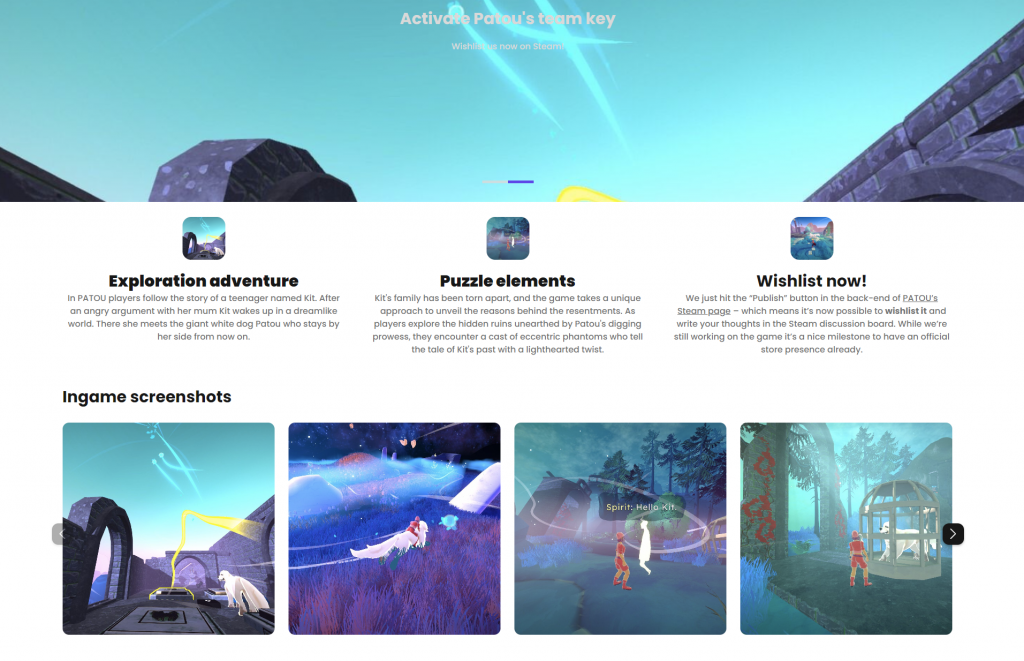
Enter no-code storefronts – the revolution in digital selling. These are platforms that allow you to set up an online store without a single line of code. Think of it as assembling a jigsaw puzzle where every piece is pre-designed, and all you do is fit them together based on your vision.
Impact of Utilizing No-Code Storefronts on Profit Margins
By circumventing the technical complexities of setting up a store and cutting out third-party commissions, no-code storefronts can substantially bolster profit margins. Plus, they offer a myriad of customization options, giving your store a unique flare.
The Rise of Indie Game Development
The Booming Indie Game Industry: A Snapshot
The indie game scene has been nothing short of meteoric. With numerous success stories and a thriving community, indie games have shifted from the periphery to mainstream gaming conversations. This rise has inspired countless developers to explore how to make and publish a game.
Challenges Indie Developers Face: A Glance at Publishing Woes
But, as with every silver lining, there’s a cloud. Developers often grapple with how to publish an indie game, navigating complex contracts, platform fees, and stiff competition.
The Evolution of Indie Game Publishing Methods
From physical copies to digital platforms and now, direct sales via no-code storefronts, the indie game publishing paradigm is ever-evolving. This trajectory is not just a testament to technological advancements but also the shifting desires of indie developers seeking more control.
Why Direct Sales?
Embarking on the journey of indie game development brings to the fore a crucial choice; the method of sale. In a crowded marketplace, brimming with various platforms and publishers, why should one opt for direct sales? Let’s delve deeper into the pivotal role direct sales play and why it stands out as the preferable method for indie game developers seeking to publish their creations.
Understanding the Power and Potential of Selling Directly

At its core, direct sales provide autonomy. It’s about owning the narrative, the sales strategy, and the customer relationship. For game developers, this means creating a direct channel to their players, resulting in enhanced feedback and community-building. This closeness fosters a dynamic evolution of the game, with developers able to promptly address concerns and incorporate player insights, thereby enriching the game’s value and appeal.
Increased Profit Margins
Traditional game publishing usually involves multiple intermediaries, each claiming their share of the pie. These intermediaries can significantly dilute the profit that finally reaches the developer. Why share a slice of your pie when you’ve baked it from scratch? Direct sales mean no middlemen, ensuring that every cent earned from a game goes directly into the developer’s pocket. This model doesn’t just maximize profits; it ensures the sustainability of the developer’s venture, providing the fuel needed to innovate and grow.
Enhanced Control
Price is a critical element in the game’s success, and direct sales put this lever firmly in the developer’s hands. It enables agile pricing strategies, allowing developers to respond to market dynamics swiftly and effectively. Whether it’s promotional pricing, bundling, or premium pricing for exclusive content, developers can experiment and optimize to find the sweet spot that maximizes both value and volume.
Moreover, direct sales facilitate seamless game updates and enhancements. Developers can roll out improvements and new features with ease, ensuring the gaming experience remains fresh and engaging. This control extends to interactions with customers, providing a direct line to understand their needs, preferences, and grievances, and to respond in real-time. This dialogue is invaluable; it transforms customers into collaborators, co-creating the game’s journey.
Building a Brand: Establishing a Recognizable Identity in the Gaming Community
The importance of brand identity in the gaming industry can’t be overstated. It’s what differentiates a game in a sea of options. Direct sales serve as the perfect conduit to build and project a game’s unique identity. It provides the canvas to paint the game’s essence, ethos, and narrative.
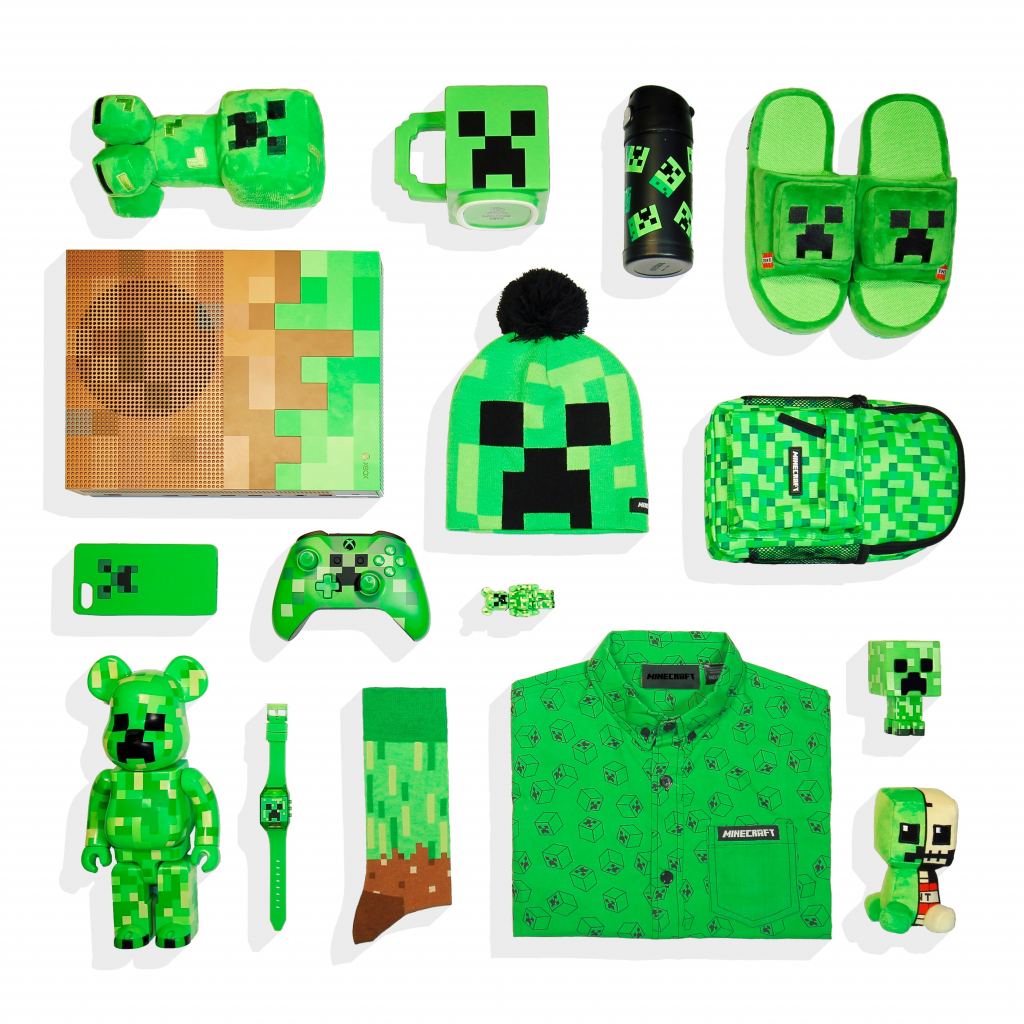
Through direct sales, every interaction, every touchpoint becomes an opportunity to reinforce the brand, to weave the game’s story. It’s about crafting a resonance, a familiarity that goes beyond the game itself, spilling over into forums, social media, and the wider gaming community. This brand-building isn’t just about recognition; it’s about creating a community of loyalists, advocates who amplify the game’s presence and contribute to its continuous evolution.
No-Code Storefronts: A Game-Changer
In the intricate realm of game development, where creativity meets complexity, no-code storefronts emerge as a beacon of simplicity and empowerment. They’re not just evolutionary; they are revolutionary, transforming the way indie game developers approach the game-publishing process. So, what exactly are these no-code storefronts, and how do they wield the power to be such game-changers in the indie development domain? Let’s unravel this.
What Are No-Code Storefronts?
No-code storefronts are intuitive platforms that allow developers to set up online stores without delving into the intricacies of coding. Think of them as your digital canvas, waiting to be painted without the fuss of coding. They’re user-friendly platforms, empowering anyone to establish a digital store with ease. They’re about breaking barriers, enabling developers to focus on their craft, creating immersive games, while the platform manages the nuances of showcasing and selling.
Benefits of Choosing No-Code Storefronts for Game Developers
No-code storefronts come packed with a myriad of benefits, tailor-made for the aspirations of indie game developers. They strip away the technical hurdles usually associated with setting up online stores, offering a seamless, user-friendly experience.
Time and Resource Efficiency

By eliminating the need for intricate coding, no-code platforms free up invaluable time and resources, enabling developers to channel their energy into enhancing game quality and user experience.
Flexibility and Customization
These platforms offer a canvas for developers to paint their visions, allowing for extensive customization to mirror the game’s ethos and aesthetic, creating a cohesive and engaging user journey.
Scalability
As games evolve and grow, no-code storefronts provide the elasticity to scale, accommodating enhanced features, growing user bases, and expanding portfolios seamlessly.
Enhanced Security
Security is paramount in the digital age, and no-code platforms come fortified with robust security measures, safeguarding both developer and user data.
How No-Code Storefronts Can Simplify the Game Publishing Process
From drag-and-drop interfaces to pre-designed templates, these platforms dismantle the technical barriers of publishing a game. The essence of no-code storefronts is simplicity. They deconstruct the traditionally complex game publishing process into manageable, intuitive steps.
Streamlined Setup
With user-friendly interfaces and guided setups, developers can have their stores up and running in no time, bypassing the technical maze usually associated with online store creation.
Easy Game Integration
Integrating games becomes a breeze, with streamlined processes allowing for quick uploads, updates, and modifications, ensuring the store is always in sync with the game’s evolution.
Agile Marketing and Promotion Tools
No-code storefronts are equipped with an arsenal of marketing and promotional tools, enabling developers to create compelling campaigns, attract traffic, and optimize conversions efficiently.
Analytical Insights

Data is the compass guiding decision-making, and no-code platforms provide rich analytical insights, helping developers understand user behavior, optimize engagement, and maximize revenue.
Step-by-Step Guide: How to Set Up a No-Code Storefront for Your Game
Selecting the Right No-Code Storefront Platform
Consider factors like user-friendliness, customization options, and support. Remember, the platform is your launchpad; ensure it’s robust.
Customizing Your Storefront: Making it Uniquely Yours
Inject your brand’s persona. Customize themes, layouts, and colors to resonate with your game’s ethos.
Uploading Your Game: Ensuring a Smooth User Experience
Ensure that the game’s files are optimized and that downloading is a breeze for the user. First impressions matter!
Setting the Price: Strategies for Maximizing Profits
Decide on a pricing model. Consider introductory offers, bundle prices, or even a pay-what-you-want strategy to entice gamers.
Driving Traffic to Your Storefront
Utilizing Social Media: Leveraging Platforms to Increase Visibility
Harness the power of social platforms. Share teasers, gameplay videos, or engage with influencers to amplify your reach.
SEO Optimization: Ranking High with Relevant Keywords

Optimize your store with relevant keywords. This isn’t just about driving traffic; it’s about attracting the right audience.
Engaging the Gaming Community: Building Relationships with Gamers and Influencers
Forge authentic relationships. Participate in forums, attend gaming conventions, or even host webinars.
Maximizing Profits through Direct Sales
In the endeavor of indie game development, maximizing profits is not just about fueling financial gains. It’s about ensuring that the fruits of one’s labor are reaped to their fullest extent, allowing developers to continue what they love doing. So, how can one leverage direct sales to secure such a financial equilibrium?
Creating Attractive Offers
Entice your audience with irresistible offers. Remember, a happy gamer is a returning gamer.
Bundles
By grouping together multiple games or in-game items, developers can create value-rich bundles that appeal to diverse gamer preferences, driving increased sales and enriching the gaming experience.
Discounts
Thoughtful discounting can act as a magnet for gamers, drawing them in with the promise of value. However, it’s crucial to balance appeal with profitability, ensuring that discounted prices still align with financial goals
Exclusive Content
Exclusive content is like the hidden gem within a game, waiting to be discovered. By creating and offering unique, premium content, developers can elevate the gaming experience, fostering loyalty and encouraging gamers to invest more in the game.
Understanding Your Audience: Catering to the Needs and Wants of Your Gamers
Dive deep into analytics. Understand player behavior and tailor your offers accordingly.
Conducting Audience Analysis
A deep understanding of the gamer’s needs, preferences, and behaviors is the compass guiding successful game development and sales strategy. Developers can leverage insights from audience analysis to tailor their offerings, aligning them with gamer expectations and desires.
Creating Gamer Personas
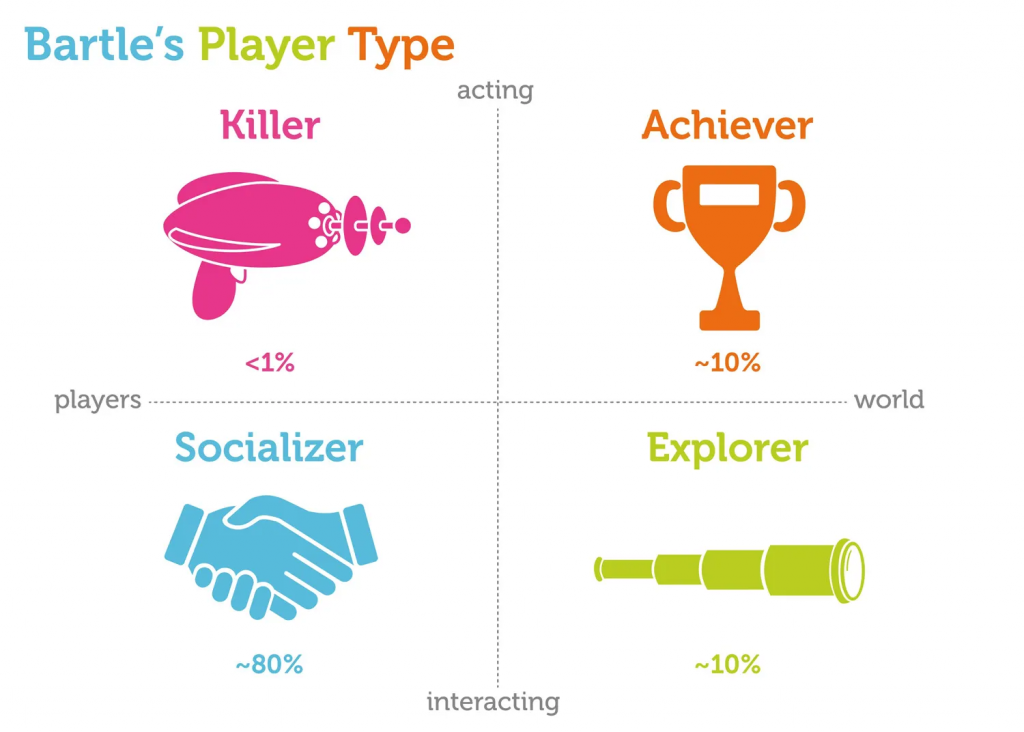
Developing detailed gamer personas can help in creating games and offers that resonate. By understanding the motivations, preferences, and pain points of different gamer segments, developers can design experiences that speak directly to varied gamer psyches.
Leveraging Feedback Loops
Establishing channels for continuous feedback from gamers enables developers to fine-tune their games and sales strategies in real time, ensuring alignment with gamer needs and enhancing overall satisfaction and engagement.
Upselling and Cross-Selling: Techniques to Increase Average Transaction Value
Recommend related games or in-game merchandise. It’s about enhancing the gamer’s experience while boosting your profits.
Strategizing Upsells
By offering higher-value alternatives or additions at the point of purchase, developers can enhance gamer satisfaction and simultaneously boost revenue.
Cross-Selling
Cross-selling is about expanding the gamer’s horizon, introducing them to complementary games or in-game items that enrich their gaming journey. It’s about creating a holistic gaming ecosystem where every component interconnects, adding layers to the gamer’s experience.
Balancing Value and Volume
While upselling and cross-selling are potent, it’s pivotal to maintain a delicate balance, ensuring that the perceived value justifies the additional expenditure, and the expanded gaming experience feels organic rather than forced.
The Future of Game Publishing
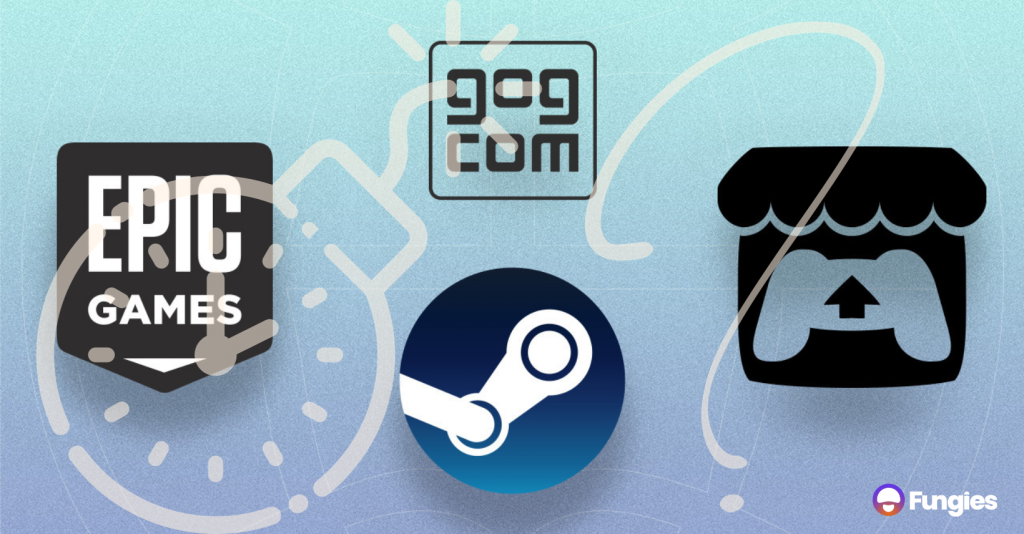
The Growing Trend of Direct Sales and No-Code Solutions
The winds are changing, with more developers gravitating towards direct sales and no-code solutions. It’s not just a trend; it’s the future.
Predictions for the Indie Game Industry and Publishing Methods
Expect more autonomy for developers, augmented reality games taking center stage, and even more immersive gaming experiences.
Staying Ahead: Adapting to the Changing Landscape of Game Development and Sales
Innovation is the name of the game. Stay agile, keep learning, and always be ready to pivot.
Conclusion
Direct sales, combined with no-code storefronts, are not merely tools; they’re catalysts empowering indie game developers to paint their success stories. The power and significance of these methods cannot be overstated, providing a fresh, efficient, and profitable approach to game publishing.
So, dive into the world of no-code storefronts. Experiment, explore, and share your experiences. The gaming world is vast, and the possibilities are limitless. Keep your ears to the ground and eyes on the horizon, and let’s redefine the future of game publishing together.





